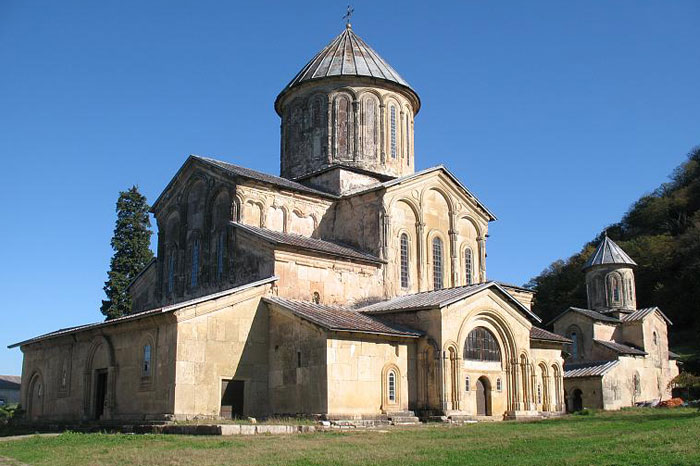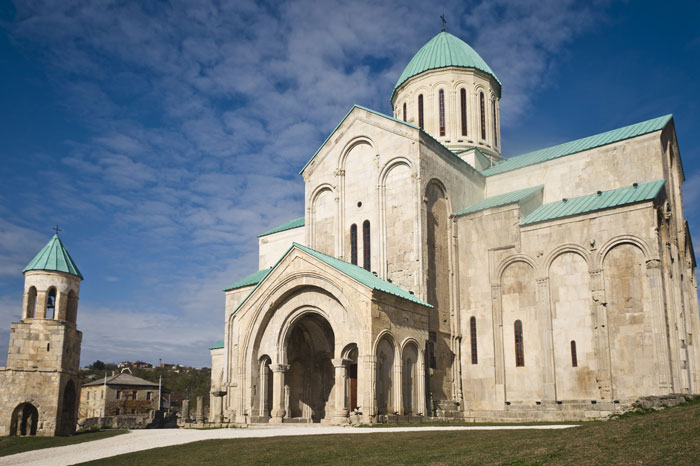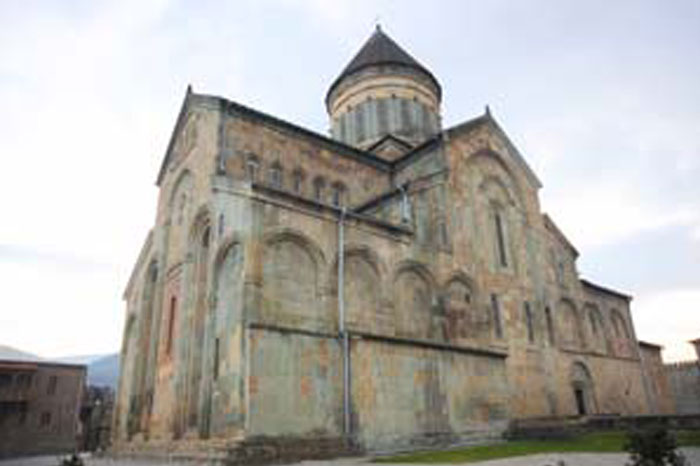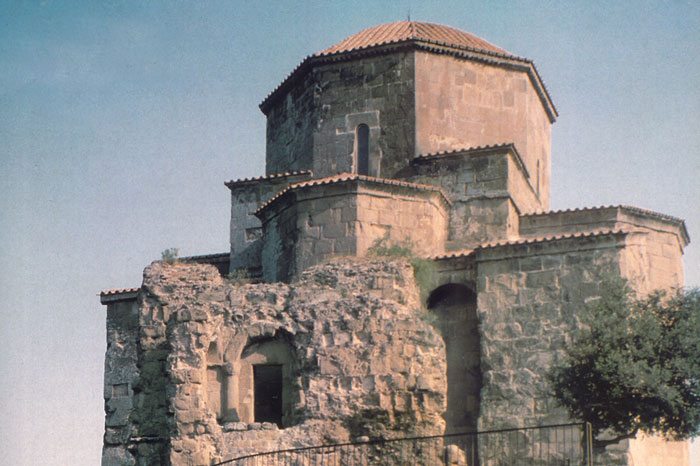Ushguli is a marginal area of Upper Svaneti with several hamlets united, 1600-2200 meters above the sea level. There are fragments of a XII century fortress, several churches, ancient fortress adobes and cult constructions. Some part of fortress adobes are oldest, IX-X century memorial buildings. Ushguli is under protection of UNESCO World Heritage list of memorial buildings.
Gelati monastery complex is located in 11 km to the north-east from the city of Kutaisi. It was founded by the king of Georgia, David IV Agmashenebeli (1089-1125). Gelati Academy – the most important education center in the medieval Georgia – is part of the Gelati monastery complex. Gelati was a royal monastery in XII-XV centuries and reported directly to the kind and the Prime Minister. In 1923 the Bolsheviks closed the monastery. Its renovation occurred in 1990.
Cathedral of the Assumption of the Virgin Mary constructed by the king of the Abkhaz and the Georgians, Bagrat III (978-1014) is the main landmark of Kutaisi. Construction of the cathedral was finished in 1003. Since 1994 Bagrat cathedral has been listed in the UNESCO World Cultural Heritage list.
Svetitskhoveli, located in the heart of Kartli, in downtown Mtskheta, was built in XI century, is a cathedral and a residence of the Patriarchate. Today's cathedral was built on order of Catholicos-Patriarch of Mtskheta, Melkisedek, in 1010-1029 by architect Arsukisdze.
In front of Mtskheta, on the mountain, stands Jvari monastery, which became a UNESCO World Heritage Site. The name of the cathedral is related to high wooden cross which was erected on this place by the king Mirian. In the second half of VI century the sovereign of Kartli Guram built a small church beside the cross. On the brink of VI-VII cc. the son of Guram – sovereign Stepanoz I (586-605) built a big cathedral beside the small one which capped the wooden cross.







